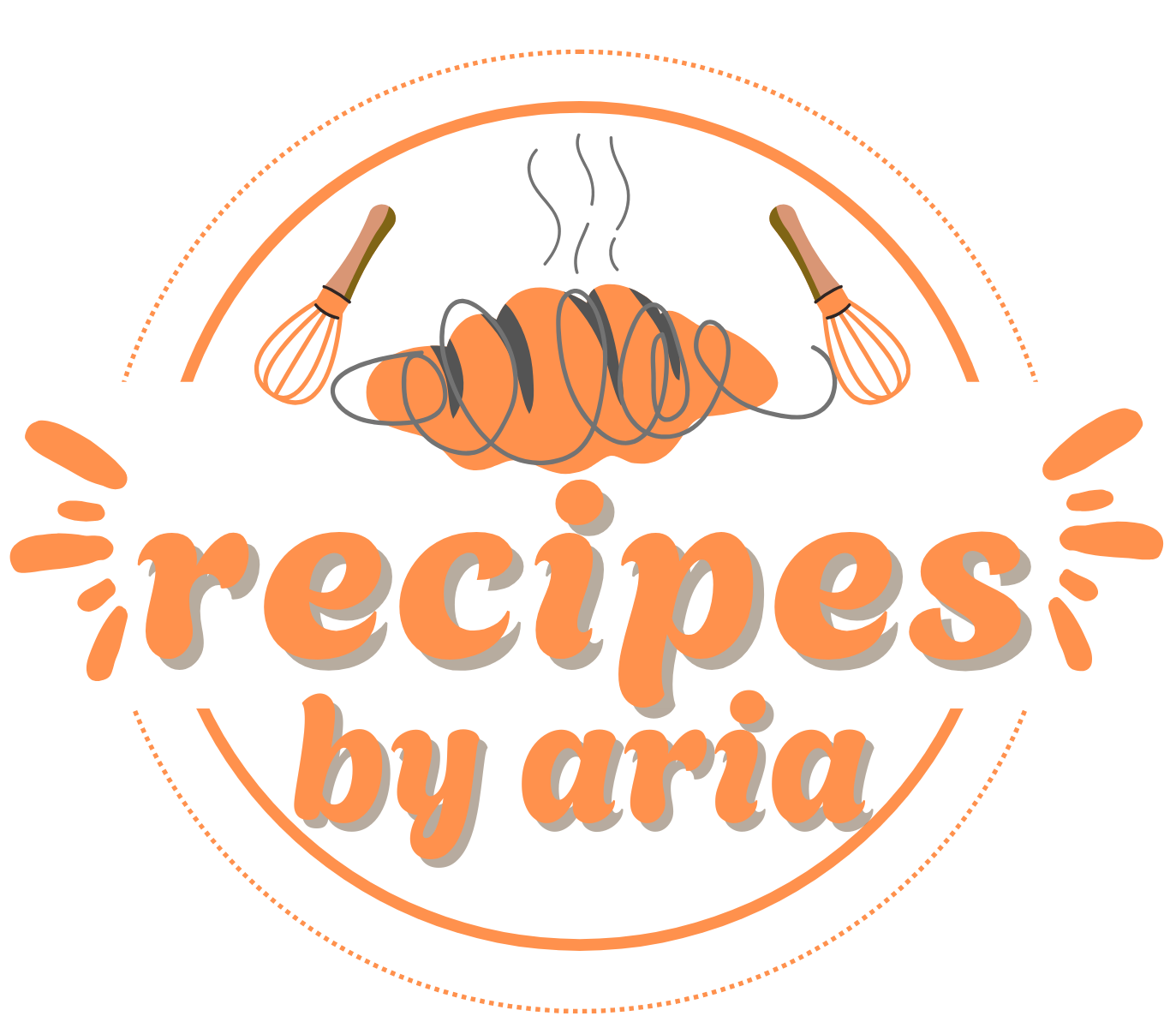Traditional Irish Stew is a hearty, slow cooked dish that has been enjoyed for generations. This rustic meal is built around simple yet nourishing ingredients tender lamb, soft potatoes, and rich broth, creating the perfect comfort food. The slow simmering process allows the flavors to meld together beautifully, making each spoonful warm and satisfying.
Perfect for cozy dinners, this stew embodies the essence of Irish home cooking. Whether you serve it with soda bread or enjoy it on its own, the depth of flavor and heartiness make it an ideal dish for cold nights, family gatherings, or St. Patrick’s Day celebrations. The versatility of this recipe allows for subtle customizations, ensuring that each bowl is as rich and comforting as the last.
Full Recipe:
Ingredients:
- 2 lbs lamb or mutton, cut into chunks
- 4 large potatoes, peeled and cubed
- 3 carrots, sliced
- 1 large onion, chopped
- 4 cups beef or lamb broth
- 2 tablespoons vegetable oil
- 2 teaspoons salt
- 1 teaspoon black pepper
- 2 sprigs fresh thyme
- 1 bay leaf
- 1 cup chopped parsley for garnish
Directions:
- Heat vegetable oil in a large pot over medium high heat.
- Add the lamb chunks and brown them on all sides, then remove and set aside.
- In the same pot, sauté the onions until softened.
- Add the browned lamb back into the pot, along with the broth, salt, pepper, thyme, and bay leaf.
- Bring to a boil, then reduce heat, cover, and simmer for 1.5 hours.
- Add the potatoes and carrots, and cook for another 30 minutes until vegetables are tender.
- Remove the bay leaf and thyme sprigs.
- Garnish with fresh parsley before serving.
Prep Time: 15 minutes | Cooking Time: 2 hours | Total Time: 2 hours 15 minutes
Kcal: 450 kcal | Servings: 4 servings
Traditional Irish Stew: A Hearty Taste of Ireland
Irish cuisine is known for its warmth, simplicity, and deep connection to history. Among the most iconic dishes from Ireland is Traditional Irish Stew a slow cooked, comforting meal that has been enjoyed for generations. This dish embodies the essence of Irish home cooking: resourcefulness, locally sourced ingredients, and rich flavors developed through simple cooking techniques.
The Origins of Irish Stew
Traditional Irish Stew dates back centuries and is deeply rooted in Ireland’s agricultural and pastoral heritage. Historically, the Irish relied on farming and livestock, particularly sheep, for both sustenance and economic stability. When lamb or mutton was no longer viable for wool production, it was used as a food source, and the tougher cuts of meat were slowly simmered to create tender, flavorful stews.
The earliest versions of Irish Stew were incredibly basic, typically consisting of just lamb or mutton, potatoes, onions, and water. Over time, the recipe evolved, with the addition of root vegetables like carrots and parsnips, fresh herbs, and even beer for extra depth of flavor. Today, the dish remains a beloved staple in Irish homes and is commonly served in pubs and restaurants around the world.
Why Irish Stew Is a Beloved Dish
There’s something incredibly satisfying about a bowl of Irish Stew. It’s not just about the taste it’s about the experience. The dish is hearty, filling, and designed to warm you up on cold, rainy days, which are quite common in Ireland. The slow cooked meat becomes meltingly tender, while the potatoes and vegetables absorb the rich flavors of the broth.
Unlike more elaborate stews with heavy seasonings and complex techniques, Irish Stew embraces simplicity. It relies on a few high quality ingredients that, when cooked together, create a rich and comforting dish. This rustic appeal is one of the reasons Irish Stew has remained popular for centuries it’s easy to prepare, adaptable, and perfect for feeding a crowd.
The Evolution of Irish Stew Over Time
While the classic recipe remains the foundation of Irish Stew, modern variations have introduced new elements to enhance the flavor and texture. Some cooks add:
- Guinness Stout – A splash of this famous Irish beer enhances the broth with a malty depth.
- Beef Instead of Lamb – In some parts of Ireland and beyond, beef is commonly used as a substitute for lamb or mutton.
- Different Vegetables – Leeks, turnips, parsnips, and celery add unique textures and flavors.
- Herbs and Spices – Thyme, rosemary, and bay leaves bring out the earthiness of the dish.
Even though these additions can enhance the stew, the core philosophy remains the same: slow-cooked, wholesome, and comforting.
What Makes a Great Irish Stew?
The key to a great Irish Stew is quality ingredients and patience. Here’s what makes the dish truly special:
- The Meat – Traditional Irish Stew calls for lamb or mutton, which have a distinct, slightly gamey flavor. Mutton (from older sheep) requires longer cooking but offers a richer taste. If lamb is unavailable, beef is a suitable alternative.
- The Potatoes – Potatoes are an essential component of Irish Stew. Starchy varieties like Yukon Gold or Russet work well because they break down slightly, thickening the broth while still maintaining some texture.
- The Cooking Process – Slow cooking is crucial for developing the flavors. A low, gentle simmer allows the meat to become tender and the vegetables to absorb the savory broth.
- The Broth – Some recipes use plain water, but beef or lamb broth adds depth. A splash of Guinness or red wine can enhance the flavor even further.
By following these principles, you can achieve a rich, deeply satisfying Irish Stew that brings out the best of each ingredient.
How to Serve Irish Stew
Traditional Irish Stew is often served straight from the pot, accompanied by a slice of Irish Soda Bread for soaking up the flavorful broth. Some people enjoy it with buttered crusty bread, while others serve it alongside mashed potatoes for an extra layer of comfort.
Since Irish Stew is a one-pot meal, it doesn’t necessarily need a side dish, but here are a few options to complement it:
- Irish Soda Bread – A quick, no yeast bread with a slightly tangy flavor.
- Colcannon – A mix of mashed potatoes and cabbage or kale.
- Buttered Cabbage – A simple side dish that enhances the rustic flavors of the stew.
- A Pint of Guinness – If you’re enjoying this dish in a traditional Irish setting, pairing it with Ireland’s famous stout beer is a must.
Why Irish Stew Is Perfect for Any Occasion
One of the best things about Irish Stew is its versatility. While it’s often associated with cold weather meals, it can be enjoyed year round. It’s a popular dish during:
- St. Patrick’s Day – A must have on Ireland’s most famous holiday.
- Family Gatherings – Easy to make in large batches for a crowd.
- Casual Dinners – A wholesome, no fuss meal for any night of the week.
- Meal Prep – The flavors improve over time, making it a great dish to prepare in advance.
Because it’s a slow-cooked dish, Irish Stew also allows you to spend time with family while it simmers away, filling your home with rich, comforting aromas.
Tips for Storing and Reheating Irish Stew
One of the best things about Irish Stew is that it tastes even better the next day. The flavors meld together overnight, creating an even richer broth. Here’s how to store and reheat it properly:
- Refrigeration: Store leftovers in an airtight container for up to 3 days.
- Freezing: Irish Stew freezes well! Let it cool completely before transferring it to a freezer safe container. It can be stored for up to 3 months.
- Reheating: Reheat on the stovetop over low heat, stirring occasionally. If the stew has thickened too much, add a splash of broth or water to restore its consistency.
Conclusion: A Taste of Irish Tradition
Traditional Irish Stew is more than just a meal it’s a symbol of Irish heritage. Rooted in history, this dish represents the resilience and resourcefulness of the Irish people. Whether you’re enjoying it on a chilly winter evening, celebrating St. Patrick’s Day, or simply craving a wholesome, home cooked meal, Irish Stew delivers on all fronts.
Its rich flavors, simple ingredients, and ease of preparation make it a timeless classic that has been passed down through generations. No matter how you choose to make it traditional or with modern twists Irish Stew remains one of Ireland’s most beloved dishes, and a must try for anyone who appreciates good, hearty food.
So, the next time you’re looking for comfort in a bowl, give this recipe a try you might just find yourself falling in love with the warmth and tradition of Irish Stew.






